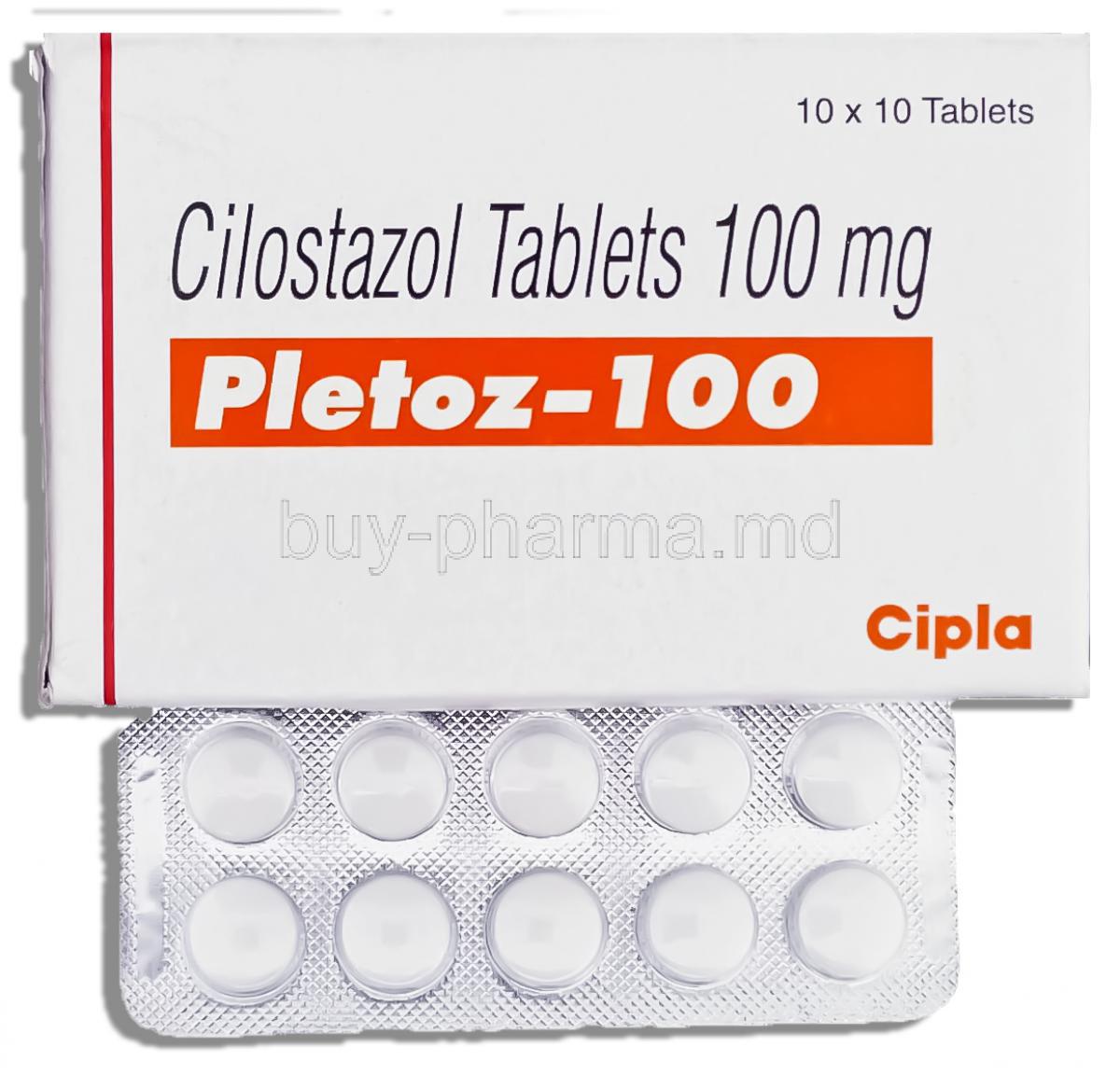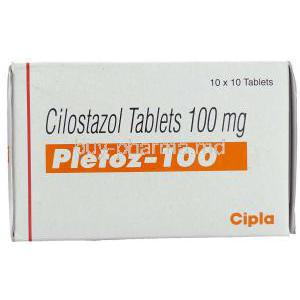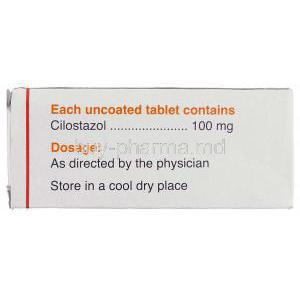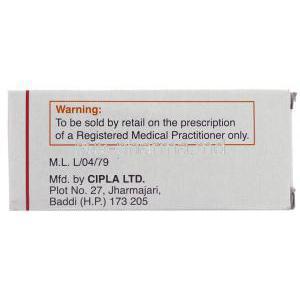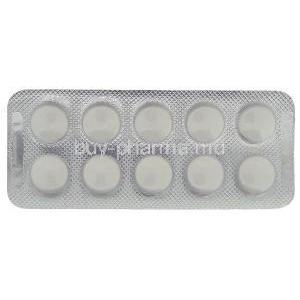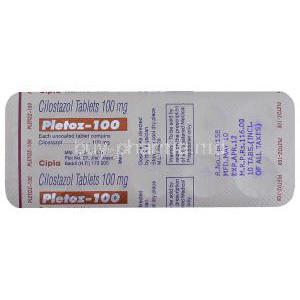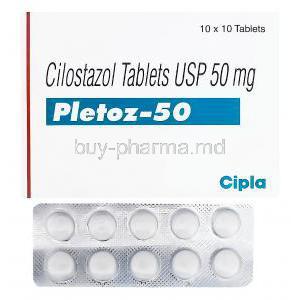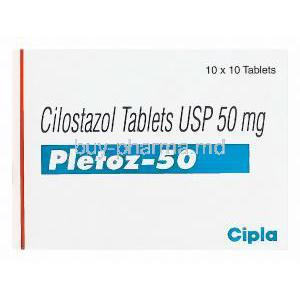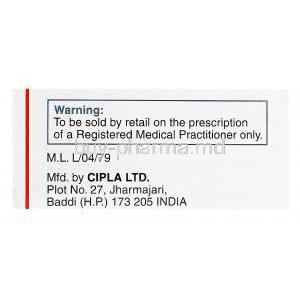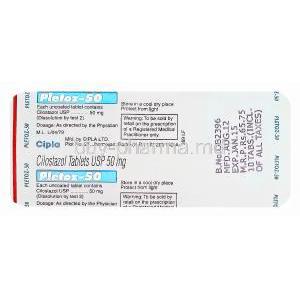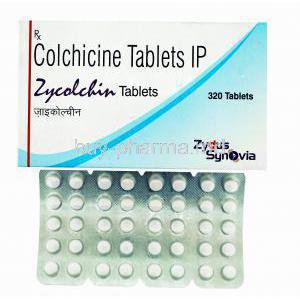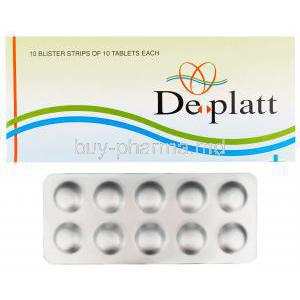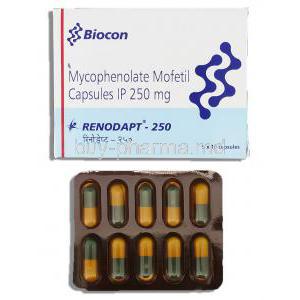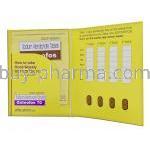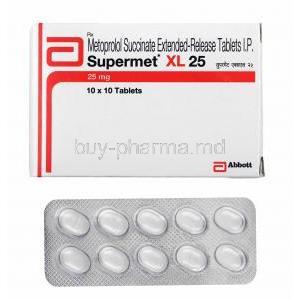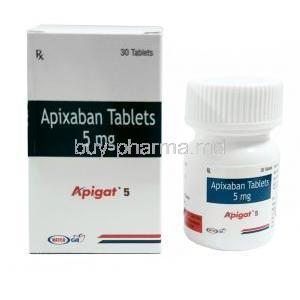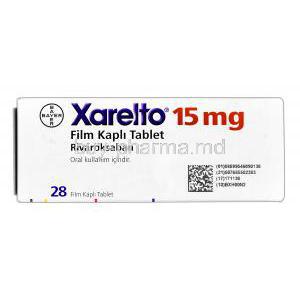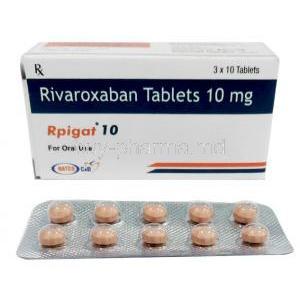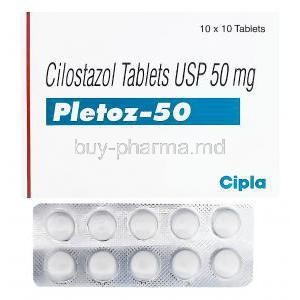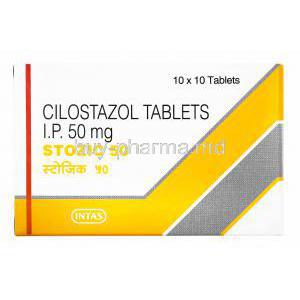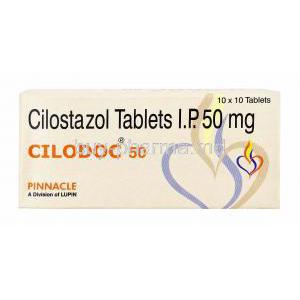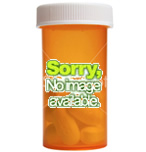Introduction
Overview of Pletoz (Cilostazol)
Pletoz, containing the active compound cilostazol, is a medication primarily prescribed for vascular conditions. It belongs to the class of agents that act on the circulatory system by enhancing blood flow and reducing the risks associated with clot formation. Patients suffering from leg pain caused by impaired circulation often find relief with this therapy, as it promotes mobility and improves overall quality of life.
Classification as a Phosphodiesterase III (PDE3) Inhibitor
Cilostazol is categorized as a phosphodiesterase III (PDE3) inhibitor. By targeting this enzyme, the medication alters cellular signaling pathways that influence vascular smooth muscle tone and platelet function. This classification underlines its dual role in both vasodilation and antiplatelet activity.
Therapeutic Relevance in Cardiovascular Medicine
The relevance of cilostazol extends to multiple cardiovascular scenarios. It is particularly valuable in addressing peripheral arterial disease, a condition characterized by reduced blood supply to the limbs. Its effects help alleviate symptoms such as intermittent claudication, enabling patients to regain endurance and reduce pain during walking.
Composition and Formulations
Active Ingredient: Cilostazol
The principal therapeutic component of Pletoz is cilostazol, a potent inhibitor that influences vascular tone and platelet activity.
Available Strengths and Dosage Forms
- Tablets available in varying strengths, commonly 50 mg and 100 mg.
- Designed for oral use to ensure consistent absorption.
Inactive Ingredients and Excipients
In addition to the active drug, Pletoz tablets contain excipients that aid in stability, absorption, and preservation. These may include microcrystalline cellulose, lactose, and magnesium stearate, among others, each contributing to formulation integrity.
How Pletoz (Cilostazol) Works
Mechanism of Action as a PDE3 Inhibitor
By inhibiting phosphodiesterase III, cilostazol prevents the breakdown of cyclic adenosine monophosphate (cAMP). Elevated cAMP levels promote vasodilation and reduce platelet aggregation, leading to improved circulation.
Effects on Platelet Aggregation
The drug interferes with platelet clumping, thereby minimizing the formation of arterial thrombi. This antiplatelet action helps decrease the risk of vascular obstruction.
Vasodilation and Improvement of Blood Flow
Relaxation of vascular smooth muscle is induced, particularly in the arteries supplying the limbs. This leads to expanded vessel diameter and enhanced perfusion, reducing ischemic pain.
Impact on Lipid Metabolism and Endothelial Function
Beyond its vascular actions, cilostazol may modestly influence lipid metabolism by reducing triglycerides and raising HDL cholesterol. It also improves endothelial cell responsiveness, supporting overall vascular health.
Medical Uses of Pletoz
Primary Indications
- Treatment of intermittent claudication due to peripheral arterial disease.
- Improvement of walking distance and reduction of discomfort in patients with poor leg circulation.
Off-Label Uses
- Prevention of recurrent ischemic stroke.
- Adjunctive therapy for cerebral ischemia.
- Potential benefit in rare vascular conditions such as Buerger’s disease and Raynaud’s phenomenon.
- Investigational role in preventing coronary stent thrombosis.
Dosage and Administration
Standard Recommended Dosage
Typically, the recommended dosage is 100 mg taken twice daily for intermittent claudication, unless otherwise directed by a physician.
Timing of Administration
It is advised to take the medication 30 minutes before or 2 hours after meals, as food can influence absorption and efficacy.
Dose Adjustments in Hepatic or Renal Impairment
Patients with moderate hepatic or renal impairment may require dosage adjustments to reduce the risk of adverse effects.
Missed Dose Instructions
If a dose is missed, it should be taken as soon as remembered unless it is close to the time for the next scheduled dose. Double dosing should be avoided.
Duration of Therapy and Monitoring
Therapeutic benefits are typically observed within weeks, but ongoing monitoring of vascular status and side effects is recommended for long-term users.
Side Effects of Pletoz
Common Side Effects
- Headache and dizziness.
- Palpitations and tachycardia.
- Gastrointestinal upset including diarrhea, abdominal discomfort, and nausea.
- Swelling of extremities (peripheral edema).
Serious and Rare Side Effects
- Heightened risk of bleeding events.
- Development of cardiac arrhythmias.
- Hematologic abnormalities such as thrombocytopenia or leukopenia.
Drug Interactions
- Concurrent use with antiplatelet and anticoagulant drugs (aspirin, warfarin) may increase bleeding risk.
- Strong CYP3A4 and CYP2C19 inhibitors like ketoconazole, erythromycin, or omeprazole may alter drug metabolism.
- Combination with antihypertensives and nitrates may amplify hypotensive effects.
- Alcohol consumption may exacerbate cardiovascular side effects.
Contraindications
- History of congestive heart failure due to risk associated with PDE3 inhibitors.
- Presence of active bleeding disorders.
- Severe renal or hepatic impairment where drug metabolism is compromised.
- Known hypersensitivity to cilostazol or any tablet components.
Warnings and Precautions
Risk of Bleeding Complications
Pletoz (Cilostazol) carries an inherent risk of increasing bleeding tendencies. Patients with a predisposition to hemorrhage, whether due to concurrent anticoagulant therapy or underlying disorders, should exercise vigilance. Even minor injuries may lead to prolonged bleeding, and invasive procedures should be approached with careful consideration.
Caution in Patients with Ischemic Heart Disease or Arrhythmias
Individuals with a history of ischemic heart disease, angina, or arrhythmias must be assessed thoroughly before therapy initiation. Cilostazol’s pharmacological profile includes vasodilatory and chronotropic effects, which can exacerbate preexisting cardiac conditions.
Monitoring of Platelet Counts and Coagulation Parameters
Regular surveillance of hematological parameters is advised. Monitoring includes:
- Platelet counts at scheduled intervals.
- Coagulation profiles to assess bleeding risk.
- Prompt discontinuation of therapy if abnormal results persist.
Importance of Lifestyle Modifications Alongside Therapy
Pharmacotherapy should be accompanied by corrective lifestyle adjustments to optimize outcomes. Key recommendations include:
- Smoking cessation to enhance vascular health.
- Adoption of a balanced diet rich in fruits, vegetables, and whole grains.
- Regular physical activity within tolerable limits to improve circulation.
Careful Administration in Special Populations
Elderly Patients
Older adults often display altered drug pharmacokinetics, which may lead to higher serum concentrations and increased adverse reactions. Dizziness and orthostatic hypotension can heighten the risk of falls, a critical concern in this demographic. Adjustments in dosage and meticulous clinical monitoring are warranted.
Pregnant Women and Nursing Mothers
The safety of cilostazol in pregnancy and breastfeeding remains inadequately studied in humans. Animal investigations reveal certain adverse outcomes, but definitive human data are lacking. Prescribers should evaluate the risk–benefit ratio with caution, reserving its use for situations where therapeutic advantages outweigh potential hazards to the fetus or infant.
Children and Adolescents
Pediatric safety and efficacy data are scarce. Due to the absence of substantial evidence, cilostazol is not recommended in routine pediatric practice. Off-label consideration should only occur under specialist guidance and with vigilant monitoring.
Overdose Management
Symptoms of Cilostazol Overdose
Excessive ingestion may precipitate severe clinical manifestations such as:
- Intense headache resistant to common analgesics.
- Rapid heart rate and palpitations (tachycardia).
- Marked hypotension leading to dizziness and fainting.
Supportive Care and Monitoring of Cardiovascular Function
Management is symptomatic and supportive. Continuous cardiovascular monitoring is essential, with interventions focused on stabilizing hemodynamics and ensuring airway protection if necessary.
No Specific Antidote Available
Currently, no targeted antidote for cilostazol exists. Treatment relies on clinical vigilance and supportive therapeutic measures until the drug is cleared from the system.
Storage and Handling Precautions
Recommended Storage Temperature and Conditions
Pletoz should be stored at room temperature, typically between 20°C and 25°C. Extreme temperatures should be avoided to preserve pharmaceutical stability.
Protection from Light and Moisture
Tablets must be kept in their original packaging, away from direct sunlight and humid environments, to prevent degradation of the active ingredient.
Shelf Life and Safe Disposal Methods
Observe the manufacturer’s indicated shelf life, discarding expired medication appropriately. Unused or outdated tablets should not be flushed but instead disposed of following local pharmaceutical disposal programs.
Handling Precautions for Patients and Caregivers
Patients and caregivers should handle the tablets with clean, dry hands and avoid altering the physical form of the medication. Crushing or splitting the tablets without professional instruction is discouraged, as it may alter absorption characteristics.
Pletoz, Cilostazol FAQ
- What is the drug cilostazol used for?
- What is the best time to take cilostazol?
- Is cilostazol bad for the kidneys?
- Which is better, aspirin or cilostazol?
- How long can I use cilostazol?
- What to avoid while taking cilostazol?
- Can cilostazol prevent stroke?
- Is cilostazol a blood thinner?
- Does cilostazol help with leg pain?
- Does cilostazol cause hair loss?
- Can I take AmLODIPine and cilostazol together?
- Does cilostazol lower cholesterol?
- What are the serious side effects of cilostazol?
- How do I know if cilostazol is working?
- Can cilostazol cause shortness of breath?
- Who shouldn't take cilostazol?
- Is cilostazol for cholesterol?
- What are the benefits of cilostazol?
- Is cilostazol a muscle relaxer?
- Does cilostazol lower BP?
- Which patient would benefit from being prescribed cilostazol?
- What foods should I avoid while taking cilostazol?
- What are the side effects of cilostazol?
- What drugs are similar to cilostazol?
- How long is cilostazol treatment?
- Can cilostazol increase heart rate?
- Which is better, aspirin or cilostazol?
- What are the serious side effects of cilostazol?
What is the drug cilostazol used for?
It is used to reduce leg pain caused by poor circulation (intermittent claudication).
What is the best time to take cilostazol?
Thirty minutes to one hour before breakfast or dinner.
Is cilostazol bad for the kidneys?
Cases of kidney damage from taking cilostazol are relatively rare.
Which is better, aspirin or cilostazol?
Cilostazol is more effective in the prevention of stroke.
How long can I use cilostazol?
1-3 months
What to avoid while taking cilostazol?
It's best to avoid eating grapefruit or drinking grapefruit juice when taking cilostazol, as this can boost the risk of side effects.
Can cilostazol prevent stroke?
Yes
Is cilostazol a blood thinner?
No
Does cilostazol help with leg pain?
Cilostazol is a treatment for the symptoms of claudication.
Does cilostazol cause hair loss?
No
Can I take AmLODIPine and cilostazol together?
Amlodipine may increase cilostazol levels
Does cilostazol lower cholesterol?
Yes
What are the serious side effects of cilostazol?
Cilostazol may cause heart problems.
How do I know if cilostazol is working?
There is an increase in walking distance.
Can cilostazol cause shortness of breath?
Yes
Who shouldn't take cilostazol?
- People with hart, kidney or liver disease
- Pregnant or trying to become pregnant
- Breastfeeding
Is cilostazol for cholesterol?
Yes
What are the benefits of cilostazol?
Cilostazol helps blood flow easily through the blood vessels. This is especially useful for people who experience leg pain due to a poor circulation condition known as claudication.
Is cilostazol a muscle relaxer?
Cilostazol is a type of medication known as a vasodilator.
Does cilostazol lower BP?
The vasodilation may cause mild BP lowering
Which patient would benefit from being prescribed cilostazol?
- Patients with ischemic attacks or non-cardioembolic ischaemic stroke
What foods should I avoid while taking cilostazol?
Grapefruit and juice
What are the side effects of cilostazol?
- Breathing difficulties
- Fever
- Swollen lymph nodes
- Edema
- Trouble swallowing
- Skin rashes
What drugs are similar to cilostazol?
Pletal, Ozempic, Trental, Camzyos, Corlanor, Demser, Dibenzyline, Filspari
How long is cilostazol treatment?
127 days
Can cilostazol increase heart rate?
Yes
Which is better, aspirin or cilostazol?
Cilostazol has been shown to be more effective than aspirin when it comes to preventing vascular events in people who have already had a stroke.
What are the serious side effects of cilostazol?
- Chest pain
- Decreased urine output
- Extreme fatigue
- Arrythmia
- Edema

